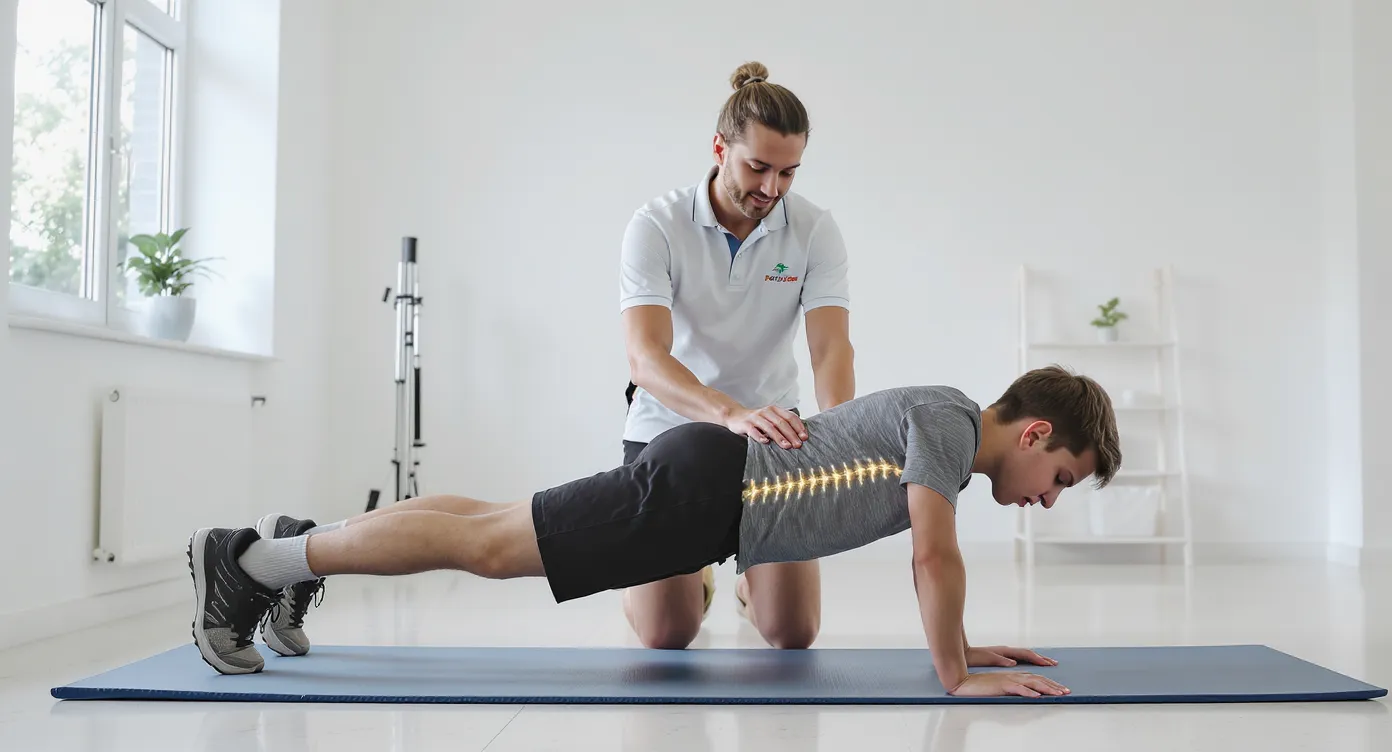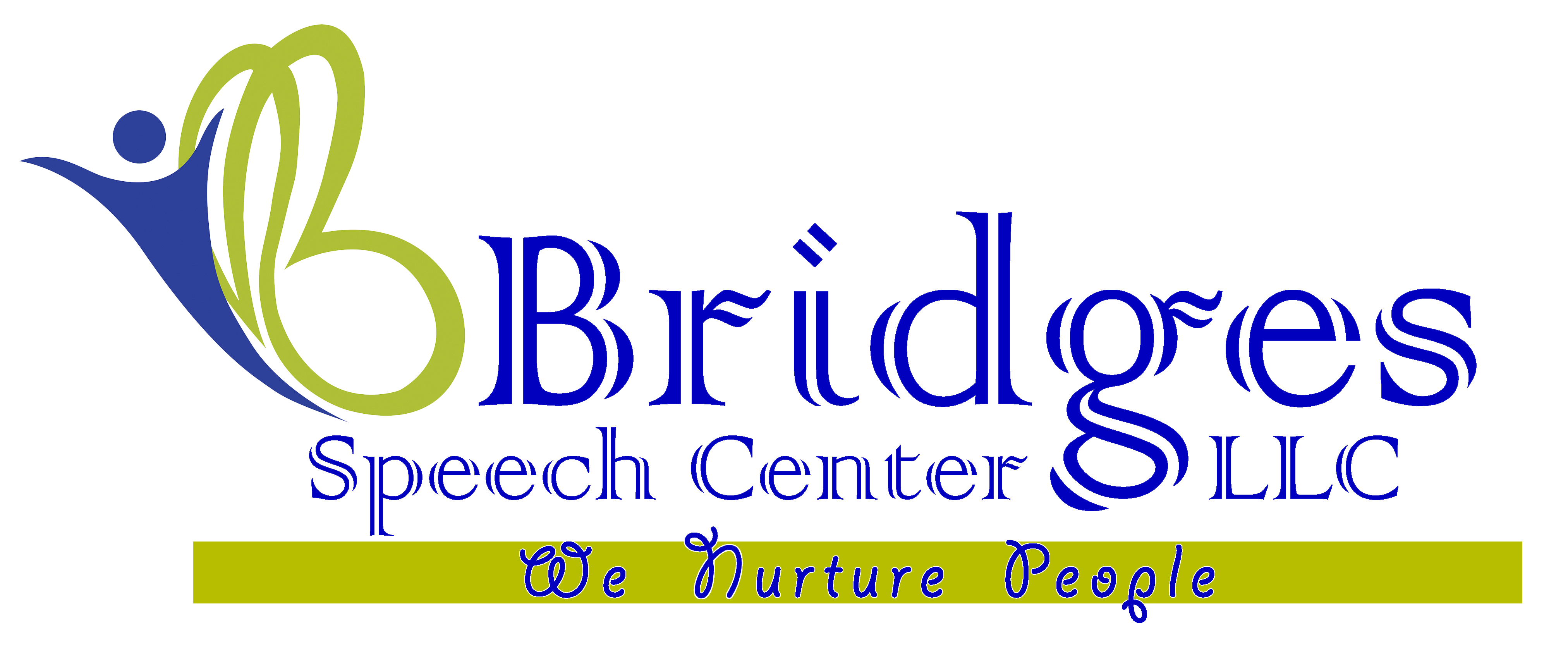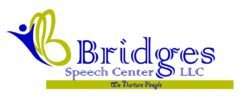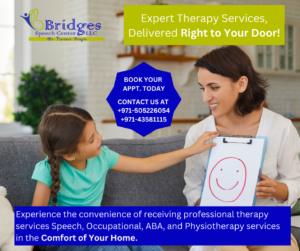
Most people first hear the word “scoliosis” at a routine school screening or paediatric check-up. But by then the curve in the spine may already be noticeable. Because early intervention gives the best long-term results. Understanding how to know if you have scoliosis or if your child does is essential for every parent, caregiver and adult concerned about back health.
Table of Contents
ToggleWhat Exactly Is Scoliosis?
Scoliosis is a three-dimensional deformity of the spine in which the vertebrae curve sideways at an angle of at least 10 degrees often accompanied by rotation. It can appear at any age, but the most common form, adolescent idiopathic scoliosis emerges between 10 and 18 years. Less frequently, babies, toddlers and adults develop curves related to congenital bone differences, neuromuscular conditions, injury or degeneration.
Research related to Scoliosis at Bridges speech center estimates that around 3 percent of children worldwide have scoliosis significant enough to warrant monitoring or treatment.Bridges Speech Center offers expert speech therapy Dubai services, as well as occupational therapy, physiotherapy, ABA therapy, and psychology support – all designed to help children achieve their full developmental potential.
We also provide convenient physio at home Dubai services, bringing professional rehabilitation support right to your home.
Risk Factors: Is Scoliosis Hereditary or Genetic?
Family history is the strongest known risk factor. Up to 30 percent of idiopathic cases have an affected first-degree relative. Scientists have identified several gene variants that increase susceptibility. So the answer to both “is scoliosis hereditary?” and “is scoliosis genetic?” is yes, partly. However, genes do not act alone. Growth rate, hormones and nervous-system factors also contribute. That means siblings of a child with scoliosis should be screened. But an absence of family history does not rule out the condition.
Key Warning Signs by Age Group
The early signs differ between babies, school-age children, teens and adults. Use the checklist below to guide your observations. But remember that a trained clinician must confirm any diagnosis.
Age group | Typical red flags | When to seek assessment |
Babies (0-3 yrs) |
| Immediately if any two signs appear together. An orthopaedic paediatrician will rule out congenital vertebral anomalies. |
Young children (4-9 yrs) |
| Within a month the curves can progress rapidly during growth spurts. |
Pre-teens & teens (10-18 yrs) |
| Book a screening if any asymmetry persists for two weeks or intensifies. |
Adults |
| Consult a physiotherapist or spine specialist if pain or posture changes interfere with daily tasks. |
Simple At-Home Forward Bend Test
- Ask the person to stand with feet together and knees straight.
- They slowly bend forward letting arms dangle.
- Observe from behind. A rib hump or one side of the lower back higher than the other suggests a spinal curve.
If you notice a mismatch of more than a fingertip’s thickness, arrange a professional assessment.
Clinical Diagnosis: From Screening to X-Ray
- Physical examination. A physiotherapist or physician measures shoulder, hip and rib alignment using a scoliometer to estimate trunk rotation.
- Standing spinal X-ray. Confirms the Cobb angle (curve degree) and the pattern (S-curve or C-curve).
- MRI or CT. Only if underlying spinal cord issues or congenital vertebral differences are suspected.
Can Scoliosis Be Cured?
There is no medication that straightens an established curve. But most curves can be prevented from worsening and many can be reduced through timely, evidence-based care. In mild cases (<20 degrees) structured physiotherapy may stabilise or even correct the curve by guiding muscle balance and posture. Severe curves (>45-50 degrees) sometimes need surgery. Yet modern bracing and exercise programmes have cut operative rates dramatically.
Scoliosis Treatment for a Child: Why Timing Matters
- Observation. Curves under 15 degrees with remaining growth are monitored every 4-6 months.
- Bracing. Custom thoraco-lumbo-sacral braces worn 16-23 hours/day can stop progression in 70-80 percent of children. Success hinges on early prescription and good wear time.
- Scoliosis physiotherapy treatment.
- Surgery. Reserved for rapidly progressing or large curves where pulmonary or cosmetic impact outweighs surgical risk.
The Role of Physiotherapy at Bridges Speech Center
Our Dubai team includes adults aswell as paediatric physiotherapists in Dubai trained in physio for scoliosis. After a thorough evaluation we design age-appropriate programmes that may include:
- 3-D corrective breathing and posture drills
- Strengthening of deep spinal stabilisers and hip muscles
- Balance and proprioception games using sensory integration tools
- Home-care routines and parent training so exercises happen daily
- Coordination with orthotists to monitor brace fit and comfort
Families who cannot travel can access sessions through our secure telehealth platform, ensuring consistency even during school trips or holidays.
Signs of Scoliosis in Baby: Special Considerations
Infantile scoliosis (diagnosed before age three) is rare but can progress aggressively. If you notice the early baby signs listed above, do not rely on wait and see. A quick ultrasound or spine X-ray determines whether the curve is structural. Early physiotherapy treatment combined with serial casting can guide spinal growth and sometimes achieve full resolution.
Living With Adolescent or Adult Scoliosis
While teenagers worry most about appearance, untreated curves can impair lung capacity and reduce quality of life later. Adults with long-standing scoliosis often develop compensatory back pain, sciatica and postural fatigue. Targeted physiotherapy, manual therapy and aerobic conditioning lessen pain and improve function without surgery.
Action Plan: What To Do Next
- Perform a quick posture check today on yourself and your children.
- Document any asymmetry with photos; changes over weeks are easier to spot than day-to-day differences.
- Book a professional screening if you see red flags. Parents in Dubai can contact Bridges Speech Center.
- Follow the recommended treatment path, observation, bracing or physiotherapy and keep all review appointments. Minor lapses can allow curves to progress.
- Maintain a strong core and flexible spine through regular sport, swimming or dance alongside prescribed exercises.
Early recognition, accurate measurement and the right multidisciplinary care turn scoliosis from a life-altering diagnosis into a manageable condition. If you suspect a curve, reach out today to Bridges Speech Center Dubai for expert evaluation and guidance. Our physiotherapy team is ready to guide you toward a straighter, stronger future.


